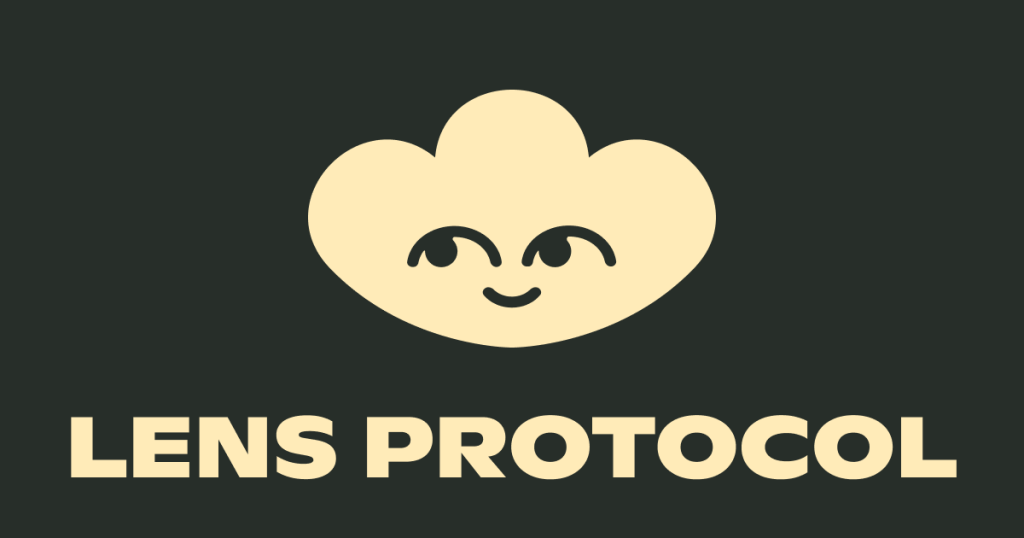
Lens Protocol: The Decentralized Social Media Revolution – The digital landscape is constantly evolving, and social media platforms have been at the forefront of this change. However, traditional social media has faced increasing criticism over issues related to user privacy, data ownership, and centralized control. Enter Lens Protocol, a groundbreaking decentralized social media platform aiming to address these concerns and revolutionize the way we interact online.
What is Lens Protocol?
Lens Protocol is a decentralized social media platform built on blockchain technology. It leverages the principles of Web3 to give users control over their data and interactions. Unlike traditional platforms where data is stored on centralized servers owned by corporations, Lens Protocol uses a decentralized network, ensuring that users retain ownership and control over their content.
Key Features of Lens Protocol
- Decentralization: Lens Protocol operates on a decentralized network, meaning there is no single point of control. This reduces the risk of censorship and ensures that users have more control over their content.
- Data Ownership: Users on Lens Protocol own their data. This is a significant departure from traditional social media platforms, where user data is often harvested and sold to advertisers. On Lens Protocol, users have the power to decide how their data is used.
- Interoperability: Lens Protocol allows for interoperability between different decentralized applications (dApps). This means that users can seamlessly transfer their data and interactions across various platforms within the Lens ecosystem.
- Monetization: Content creators on Lens Protocol can monetize their content directly. The platform supports various methods of monetization, including tipping, subscriptions, and pay-per-view models. This empowers creators to earn revenue without relying on ad-based models.
- Privacy and Security: Built on blockchain technology, Lens Protocol ensures that user data is secure and private. The decentralized nature of the platform makes it resistant to hacks and data breaches that plague traditional social media networks.
How Lens Protocol Works
Lens Protocol utilizes blockchain technology to create a decentralized network of nodes that store and manage user data. When a user creates an account, their data is encrypted and distributed across the network. This ensures that no single entity has control over the data, making it secure and private.
The platform uses smart contracts to manage interactions and transactions. These contracts are self-executing agreements that facilitate various functions on the platform, such as content posting, monetization, and data sharing. By leveraging smart contracts, Lens ensures transparency and trust in all interactions.
The Benefits of Decentralized Social Media
- User Empowerment: Decentralized social media platforms like Lens empower users by giving them control over their data and interactions. This leads to a more democratic and user-centric online experience.
- Reduced Censorship: With no central authority controlling the platform, censorship is significantly reduced. Users can freely express their opinions and share content without fear of arbitrary takedowns.
- Enhanced Privacy: Blockchain technology ensures that user data is secure and private. This is a stark contrast to traditional social media platforms, where data breaches and privacy violations are common.
- Fair Monetization: Content creators can monetize their work directly, without relying on ad-based revenue models. This creates a more equitable system where creators are fairly compensated for their efforts.
- Interoperability and Innovation: The open nature of decentralized platforms fosters innovation. Developers can create new applications and services that integrate with Lens , enhancing the overall user experience.
Challenges and Future Prospects
While Lens presents a compelling vision for the future of social media, it is not without challenges. The adoption of decentralized platforms is still in its early stages, and there are technical and regulatory hurdles to overcome. Additionally, user education is crucial to help people understand the benefits of decentralization and how to navigate these new platforms.
Despite these challenges, the future of decentralized social media looks promising. As concerns over privacy, data ownership, and centralized control continue to grow, platforms like Lens offer a viable alternative. By putting users first and leveraging the power of blockchain technology, Lens is poised to lead the decentralized social media revolution.
Conclusion
Lens Protocol represents a significant shift in the social media landscape. By decentralizing control and giving users ownership of their data, it addresses many of the issues plaguing traditional platforms. As we move towards a more decentralized web, Lens stands out as a pioneering force in creating a fairer, more secure, and user-centric social media experience. The revolution has begun, and Lens is at the forefront, paving the way for a new era of online interaction.
